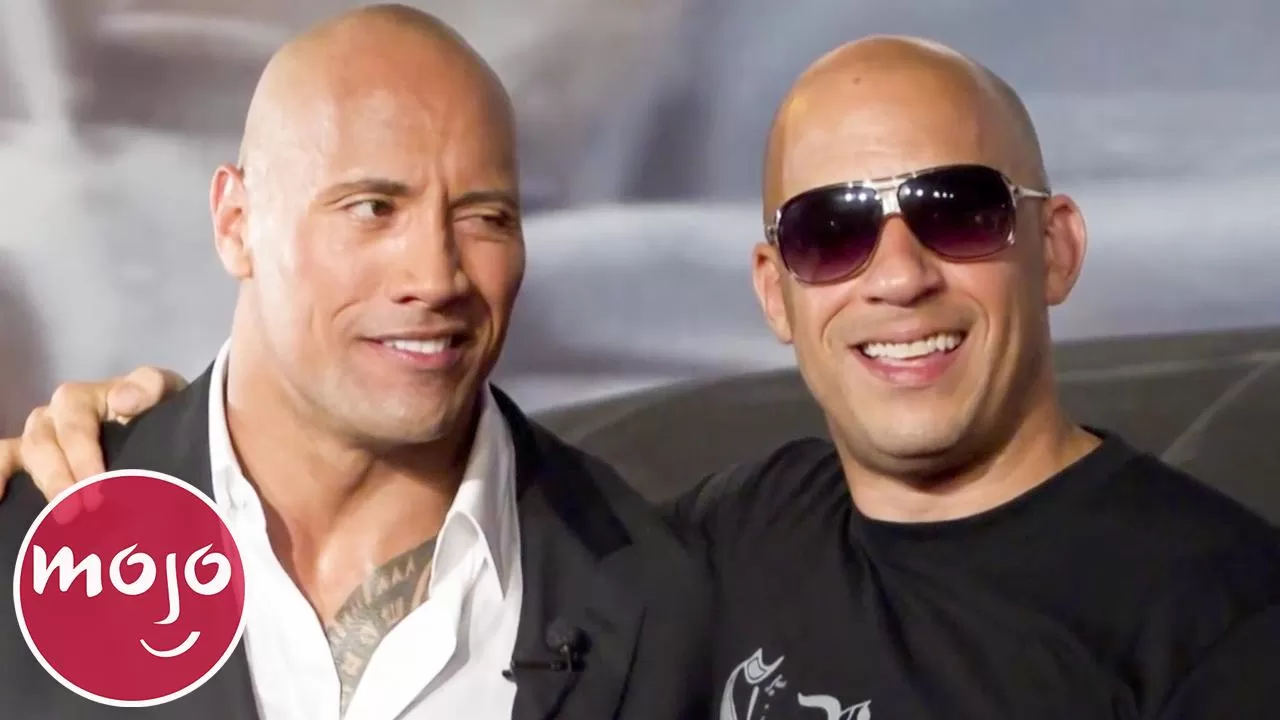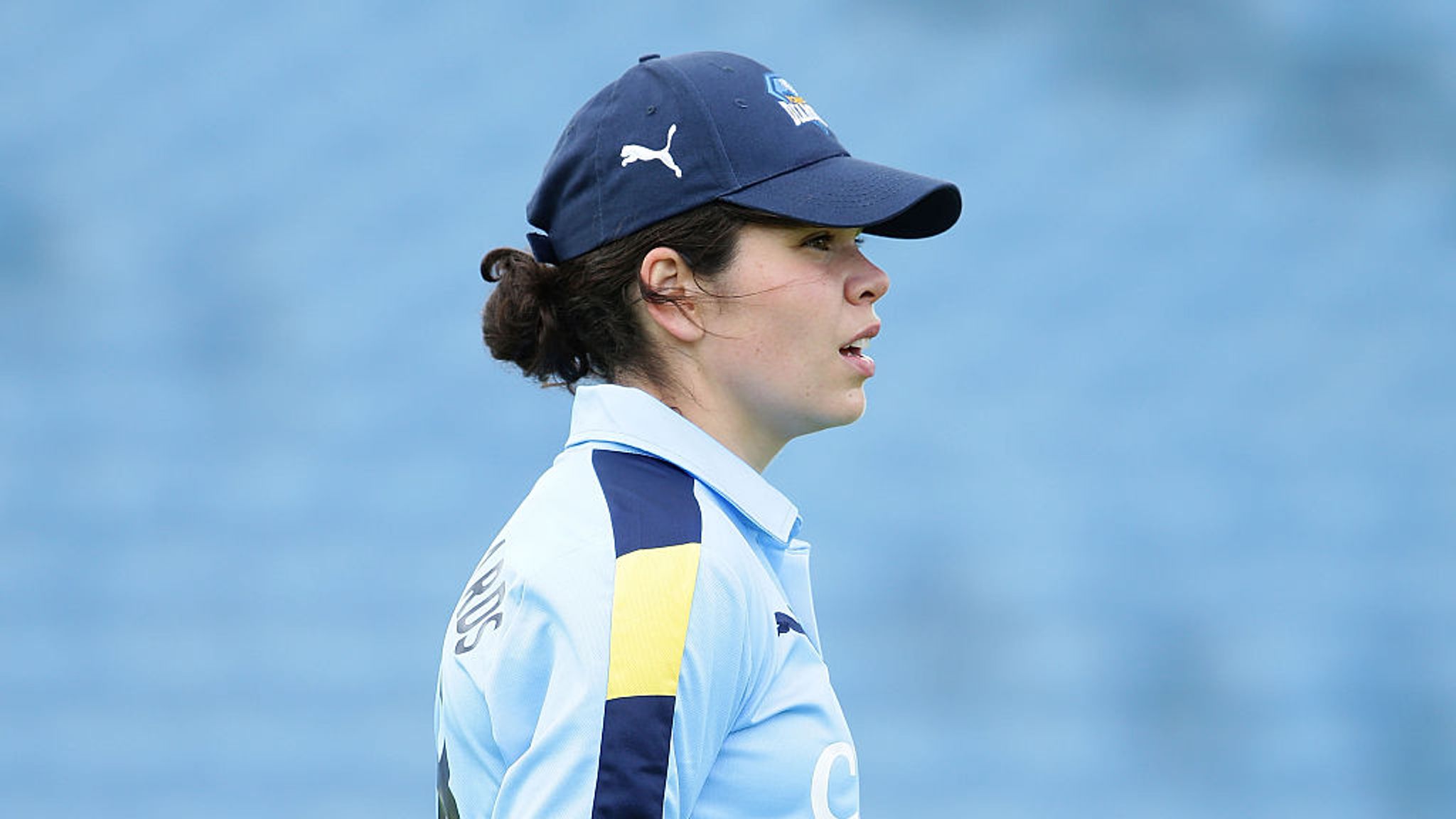In the public imagination, filmmaking is a magical alchemy—a harmonious collaboration where visionary directors, talented actors, and dedicated crews unite to create cinematic dreams. The reality, however, is often far more tumultuous. The high-stakes pressure, colossal egos, and intense artistic passions that converge on a soundstage can sometimes combust, sparking conflicts that become as legendary as the films themselves. These on-set feuds are not merely tabloid fodder; they are profound clashes of philosophy, personality, and process that have irrevocably altered the course of film history, leaving an indelible mark on the final product we see on screen.
This article delves into the most explosive and consequential on-set battles in Hollywood, exploring not just the “what” but the “why.” By examining the root causes and lasting impacts of these clashes, we gain a deeper understanding of the complex, often fraught, nature of collaborative art.
1. The Auteur vs. The Star: Marlon Brando and Bernardo Bertolucci on Last Tango in Paris (1972)
The Players: Marlon Brando, the revolutionary Method actor at the peak of his power, and Bernardo Bertolucci, the young, ambitious Italian director determined to push cinematic boundaries.
The Clash: This was a fundamental conflict between directorial manipulation and actorly trust. Bertolucci, along with his cinematographer Vittorio Storaro, sought a raw, unvarnished, and psychologically brutal performance from Brando. To achieve this, they employed tactics that would be unthinkable today. The most infamous example surrounds the film’s pivotal and controversial “butter scene,” a simulated sexual assault. Bertolucci deliberately kept both Brando and his co-star, Maria Schneider, then 19, in the dark about the specifics of the scene to capture genuine shock and humiliation.
The Fallout: Schneider later spoke out for decades about the trauma of that day, feeling “a little raped” by both Brando and Bertolucci. Brando himself expressed regret in his autobiography, stating the film was a mistake. The feud, however, is less between Brando and Bertolucci on set and more about the ethical fallout that emerged years later. Bertolucci’s 2013 comments, where he admitted he wanted Schneider’s reaction “as a girl, not as an actress,” ignited a firestorm of contemporary criticism, reframing the film not as a masterpiece of European art cinema but as a symbol of directorial exploitation.
The Impact on the Film: Last Tango in Paris is defined by this conflict. The palpable sense of anguish, vulnerability, and psychic violence is not just acting; it is, tragically, real. The film’s power is inextricably linked to the ethical transgressions that created it. This feud forced a long-overdue industry conversation about the limits of directorial power, informed consent on set, and the protection of actors, profoundly influencing the development of intimacy coordinators in modern filmmaking.
2. The Method vs. The Madness: Francis Ford Coppola and his Cast on Apocalypse Now (1979)
The Players: Francis Ford Coppola, the brilliant but beleaguered director, versus a perfect storm of chaos: Martin Sheen (suffering a near-fatal heart attack), Marlon Brando (arriving obese and unprepared), and Dennis Hopper (in a drug-fueled frenzy).
The Clash: This wasn’t a single feud but a total systemic breakdown. Coppola, having staked his personal fortune on the film, was under unimaginable pressure. The Philippine jungle location was plagued by a typhoon, military coups, and rampant drug use. The conflict was multifaceted:
- Coppola vs. Brando: Brando arrived on set having not read Joseph Conrad’s Heart of Darkness, which the film was adapted from, and demanded his character, Kurtz, be rewritten. The ensuing days were a tense, philosophical standoff between a director who had a clear vision and a star who worked entirely through improvisation and discussion.
- Coppola vs. Reality: Sheen’s heart attack forced Coppola to film around him, and the director’s own mental state deteriorated, with him famously declaring, “We were in the jungle, there were too many of us, we had access to too much money, too much equipment, and little by little, we went insane.”
The Fallout: The making of the film became the subject of the acclaimed documentary, Hearts of Darkness: A Filmmaker’s Apocalypse, which laid bare the entire tortured process. Coppola’s marriage strained under the pressure, and he contemplated suicide. The cast and crew were left physically and psychologically scarred.
The Impact on the Film: The madness is the movie. The palpable sense of decay, futility, and descent into primal chaos that defines Apocalypse Now is a direct reflection of its production. The film is not just about the Vietnam War; it became the Vietnam War for those who made it. It stands as the ultimate testament to the idea that art born from suffering can achieve a terrifying, hallucinatory brilliance, while also serving as a stark warning about the perils of unchecked ambition.
3. The Visionary vs. The Studio: Richard Stanley and The Debacle of The Island of Dr. Moreau (1996)
The Players: Richard Stanley, the eccentric, visionary director; Val Kilmer and Marlon Brando, the film’s wildly unpredictable stars; and New Line Cinema, the panicking studio.
The Clash: This is perhaps the most spectacular example of a production spiraling into pure anarchy. Stanley, who had written the script, was a passionate devotee of the source material. However, he quickly lost control. Val Kilmer, according to numerous accounts, was notoriously difficult, clashing with Stanley and his co-star, David Thewlis. Then came Marlon Brando, who arrived with bizarre ideas for his character (including wearing an ice bucket on his head) and was more interested in playing pranks on Kilmer than delivering a performance.
The Fallout: After just four days of filming, with the budget ballooning and the dailies deemed unusable, New Line fired Stanley. In a surreal twist, the director reportedly camped out in the jungle near the set in disguise and eventually snuck back onto the production as an extra. He was replaced by veteran director John Frankenheimer, who openly despised Brando and Kilmer, famously calling the former “a fat, lazy slob.” Frankenheimer essentially disowned the film upon completion.
The Impact on the Film: The released The Island of Dr. Moreau is a Frankenstein’s monster of a movie—a incoherent patchwork of competing visions and outright chaos. It was a critical and commercial disaster. The feud(s) didn’t just influence the film; they are the film’s identity. It serves as a masterclass in how not to run a production and remains a cautionary tale about the catastrophic results when a director’s vision is completely subsumed by star ego and studio panic.
4. The Cosmic Clash of Titans: James Cameron and the Cast of The Abyss (1989)
The Players: James Cameron, the notorious perfectionist and demanding “Iron Jim,” versus a cast and crew pushed to their absolute physical and psychological limits.
The Clash: Cameron is known for his relentless pursuit of his vision, regardless of the human cost. On The Abyss, which involved filming in a massive, water-filled nuclear reactor, this approach created a pressure cooker. The cast, including Ed Harris and Mary Elizabeth Mastrantonio, were subjected to grueling, dangerous conditions for hours on end. The conflict came to a head during a particularly intense scene where Mastrantonio’s character has to be revived. After a long, cold take, Harris performed CPR on a non-responsive Mastrantonio, who then had to be dragged from the water. Upon reviving, she reportedly screamed at Cameron, “You bastard! You never fucking say cut! We could have fucking died!” and stormed off the set.
The Fallout: Harris nearly drowned in another scene, and the psychological toll was immense. Mastrantonio reportedly did not speak to Cameron for years after the film wrapped. The crew, in a famous act of rebellion, printed T-shirts that read, “Life’s Abyss And Then You Dive,” a play on the famous Monty Python quote, reflecting their bleak outlook.
The Impact on the Film: The Abyss is a technical marvel, a testament to Cameron’s unwavering will. The underwater sequences remain stunningly realistic. However, one can feel the claustrophobia and desperation in the performances, which are raw and authentic because the actors were genuinely suffering. This feud exemplifies the eternal debate in filmmaking: does the end justify the means? Can great art only be born from immense hardship? Cameron’s career is built on the answer being “yes,” but The Abyss stands as his most brutal example.
5. The Superhero Schism: Edward Norton vs. Marvel Studios on The Incredible Hulk (2008)
The Players: Edward Norton, a celebrated actor known for his intense, writerly involvement in his characters, and the newly formed Marvel Studios, intent on building a cohesive, director-driven cinematic universe.
The Clash: Norton was hired not just to star as Bruce Banner but also to rewrite the script, a task he embraced fully. However, his vision for a longer, more psychologically complex character study clashed directly with Marvel’s desire for a tight, action-packed blockbuster that would seamlessly fit into their budding Marvel Cinematic Universe (MCU). The conflict escalated in the editing room, with Norton and Marvel head Kevin Feige battling over the final cut. Norton wanted his version; Marvel wanted theirs.
The Fallout: The feud went public. Marvel released a statement that was a masterpiece of corporate shade: “Our decision is definitely not one based on monetary factors, but instead rooted in the need for an actor who embodies the creativity and collaborative spirit of our other talented cast members.” It was a clear dismissal of Norton’s perceived lack of collaboration. Norton’s team fired back, calling the statement “inappropriate” and “a purposefully dishonest attempt to paint our client in a negative light.” The divorce was final: Norton was out, and Mark Ruffalo was in as the new Hulk.
The Impact on the Film and Franchise: The Incredible Hulk is the red-headed stepchild of the MCU, a film largely ignored in the overarching narrative. The feud cemented a new power dynamic in Hollywood: in the age of the franchise, the shared universe is king, and no single star’s vision, no matter how talented, is bigger than the brand. It established Marvel’s “my way or the highway” approach, which has both ensured remarkable consistency and, later, drawn criticism for stifling directorial voices.
6. The Gothic Grudge Match: Tim Burton and 20th Century Fox on Alien Resurrection (Script, 1997)
The Players: A young, hot-headed Joss Whedon, the celebrated script doctor, and the entire production apparatus, including director Jean-Pierre Jeunet and the cast.
The Clash: This feud is unique because it unfolded largely after the film’s release. Whedon was hired to rewrite the script for the fourth Alien film, and he delivered a draft he was proud of. However, what appeared on screen was, in his view, a grotesque mutilation of his work. He publicly and repeatedly disowned the film, famously stating, “It wasn’t a question of [them] doing everything wrong, it was that they did just about everything wrong. They said the lines… but they said them all wrong. And they cast it wrong. And they designed it wrong. And they scored it wrong. They did everything wrong that they could possibly do.”
The Fallout: The cast, particularly Sigourney Weaver and Winona Ryder, felt the sting of Whedon’s comments. Weaver retorted that his script had its own problems and that his public criticism was “mean-spirited and bitter.” The feud became a public spat about creative credit and the nature of collaboration in the studio system.
The Impact on the Film: Alien Resurrection is widely regarded as a low point for the franchise. Whedon’s disavowal gave critics and fans a ready-made explanation for its failure: it had betrayed its own writer’s vision. This feud highlights the often-invisible battles over authorship in Hollywood. It established Whedon’s public persona as a witty, acerbic voice unafraid to criticize the system, a reputation that would later be complicated by subsequent events. It serves as a case study in how a script’s journey from page to screen can be a game of “telephone” with disastrous results.
Read more: The Great Reboot Debate: Nostalgia Cash-Grab or Worthy Reimagination?
7. The Auteur’s Revenge: Stanley Kubrick and Shelley Duvall on The Shining (1980)
The Players: Stanley Kubrick, the obsessive, coldly analytical genius, and Shelley Duvall, the naturally gifted but emotionally fragile actress.
The Clash: Kubrick was famously relentless, demanding dozens, sometimes hundreds, of takes for a single scene. For Duvall, who played the terrified Wendy Torrance, this process became a form of psychological torture. Kubrick deliberately isolated her from the rest of the cast and crew, encouraged others to be cold to her, and pushed her to the brink of exhaustion to elicit a genuine performance of terror and hysteria. The famous baseball bat scene required 127 takes, leaving Duvall so physically and emotionally drained that she was frequently ill.
The Fallout: Duvall’s health suffered dramatically; she lost clumps of hair due to the stress and described the experience as “almost unbearable.” While she never publicly feuded with Kubrick in the traditional sense, the one-sided nature of the conflict is stark. Cinematographer John Alcott admitted, “It was a kind of abuse.” Kubrick’s defense would always be the same: the result on screen.
The Impact on the Film: Wendy Torrance’s terror is one of the most visceral and authentic in cinematic history because, in many ways, it was authentic. The film is a masterpiece of horror, but its creation raises profound ethical questions. Was Kubrick a genius extracting a once-in-a-lifetime performance, or a cruel manipulator abusing his power? This feud is central to the Kubrick legend, forcing us to grapple with the uncomfortable line between directorial brilliance and human exploitation.
Conclusion: The Necessary Evil?
These legendary feuds reveal a uncomfortable truth about the creative process: conflict, in some form, is inherent to the alchemy of filmmaking. When millions of dollars, fragile egos, and powerful artistic visions collide, sparks are bound to fly. Sometimes, as with Apocalypse Now, that combustion forges a masterpiece from the crucible of chaos. Other times, as with The Island of Dr. Moreau, it results in an unmitigated disaster.
The evolution of these feuds also mirrors the evolution of the industry itself. The auteur-driven, “anything for the shot” tyranny of a Kubrick or a Bertolucci is increasingly being challenged by a new culture that prioritizes actor well-being, mental health, and clear professional boundaries, thanks in part to the advocacy of movements like Time’s Up and the standardization of intimacy coordinators.
The feuds of today, like the Norton-Marvel clash, are less about personal animosity and more about corporate control versus artistic freedom in a franchise-dominated landscape. They remind us that the battle for a film’s soul is not always fought between a director and a star on a remote set, but often in a boardroom between a visionary and a spreadsheet.
Ultimately, these on-set clashes are more than just salacious stories. They are the dramatic, often painful, behind-the-scenes narratives that shape the art we consume. They force us to look beyond the silver screen and remember that every frame of film is a frozen moment in a much larger, and often far more turbulent, human story.
Read more: Classic Film Revisited: Why ‘Network’ is More Relevant Today Than Ever
Frequently Asked Questions (FAQ)
Q1: What is the most common cause of on-set feuds?
There is no single cause, but the most frequent catalysts are “creative differences.” This broad term can encompass disagreements over script, character interpretation, directorial style, or the final edit. Other major causes include colossal egos (stars vs. directors), unbearable working conditions, and the immense pressure from studios to deliver a commercial success on time and on budget.
Q2: Have any great films ever been made without any major feuds?
Absolutely. While tension is common, many harmonious sets have produced masterpieces. Peter Jackson’s The Lord of the Rings trilogy is often cited as a remarkably positive and collaborative environment, despite its massive scale and long shoot. The films of Wes Anderson are also known for their loyal, recurring casts who enjoy his precise and unique creative process.
Q3: How has the industry changed to prevent destructive feuds and exploitation?
The industry has implemented significant changes, driven largely by union regulations and cultural shifts. Intimacy coordinators are now standard to ensure safety and consent during filming of sensitive scenes. There are stricter rules on working hours and conditions. Furthermore, the culture of silence has been broken; actors and crew members are now more empowered to speak out against abusive behavior without fear of being blacklisted, thanks to stronger HR protocols and advocacy movements.
Q4: From a filmmaking perspective, can feuds ever be a good thing?
It’s a complex question. While personal abuse is never justified, a certain level of creative friction can be productive. A passionate debate between a director and an actor about a character’s motivation can lead to a deeper, more nuanced performance. The key differentiator is respect. When conflicts are about the work and conducted professionally, they can elevate the project. When they descend into personal attacks or power plays, they become destructive.
Q5: Is James Cameron’s reputation as a difficult director deserved?
The accounts from the sets of The Abyss, Titanic, and even Avatar are consistent: Cameron is an uncompromising perfectionist who demands superhuman effort from everyone around him. While this has undoubtedly created friction and earned him the nickname “Iron Jim,” his defenders point to the unparalleled technical and commercial success of his films. The argument is that his relentless drive is precisely what delivers such groundbreaking results. It’s the quintessential example of the “ends justifying the means” debate in filmmaking.
Q6: What is the role of the producer in mediating on-set feuds?
A producer’s primary role is to manage the film as a business and logistical operation. When a major feud threatens to derail the production (costing time and money), it is the producer’s job to step in. This can involve acting as a mediator between warring parties, making tough decisions like reining in a director or, in extreme cases like The Island of Dr. Moreau, firing a key creative figure to salvage the project.




